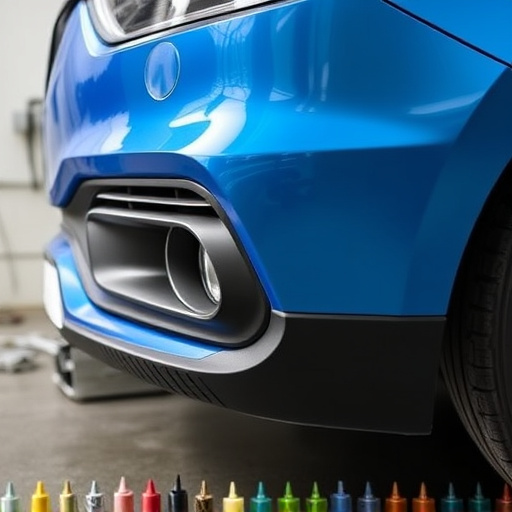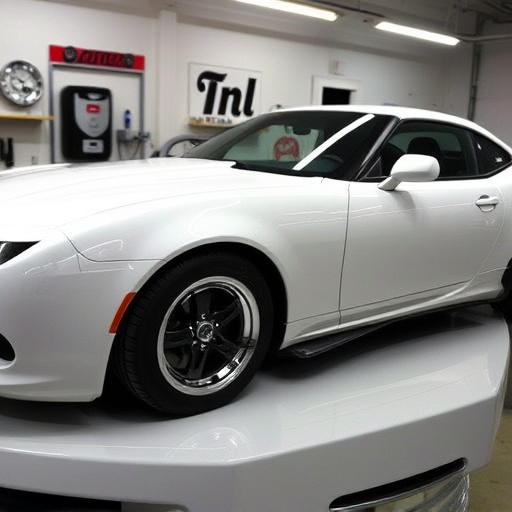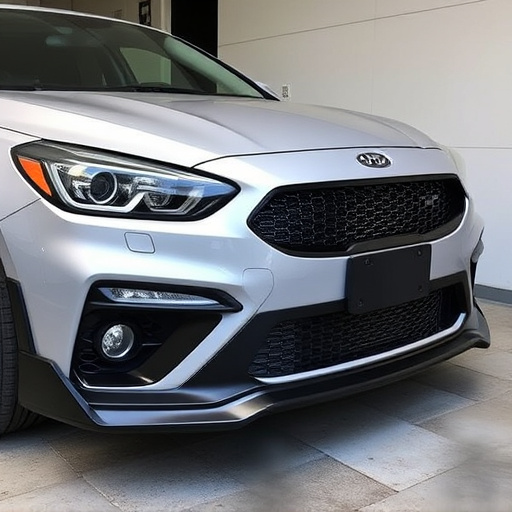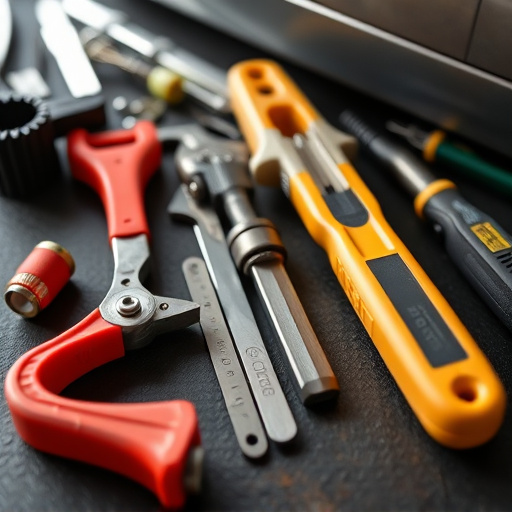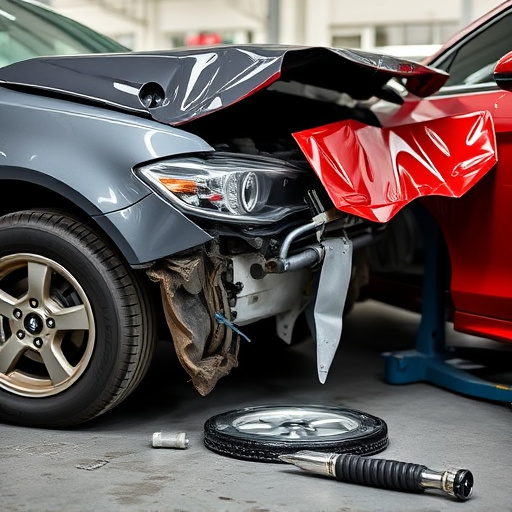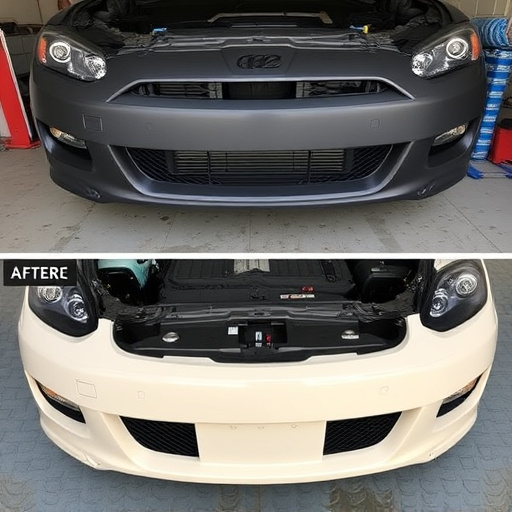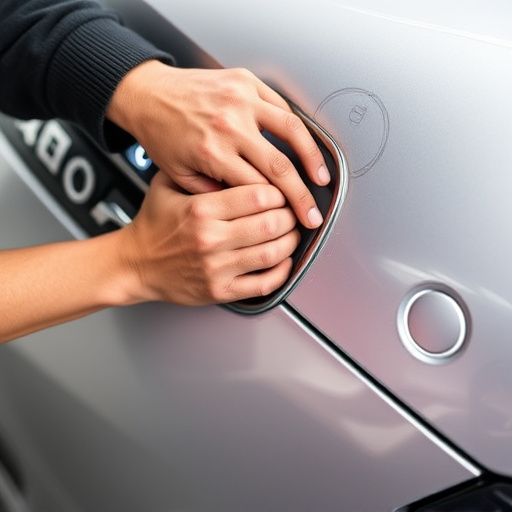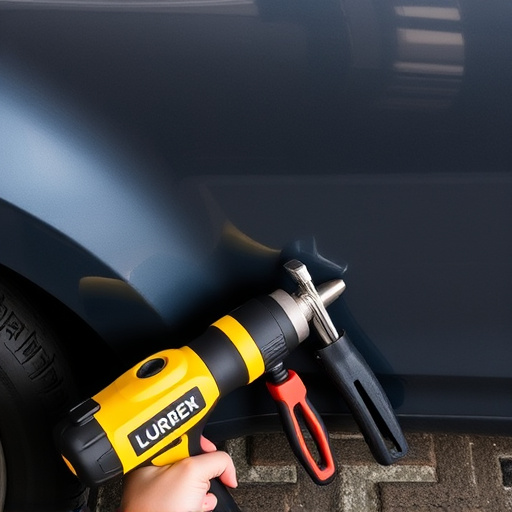OEM-certified replacement parts are genuine, high-quality components that meet or exceed vehicle manufacturers' standards, ensuring precision repairs and maintaining vehicle integrity. Priced higher than generics due to R&D, manufacturing, and certification costs, these parts remain a reliable choice for auto body work, scratch repair, or restoration. Consumers can save money and ensure authenticity by comparing prices, checking reviews, verifying certifications from authorized dealers or direct automakers, and leveraging online platforms with filtering options.
In today’s market, understanding the pricing of OEM-certified replacement parts is crucial for both businesses and consumers. These parts, designed and manufactured by original equipment manufacturers (OEMs), are known for their quality and compatibility. However, their prices often raise questions. This article delves into the truth behind these part costs, exploring factors influencing pricing and offering strategies for consumers to secure competitive rates without compromising on quality assurance.
- Understanding OEM-Certified Parts: Definition and Significance
- Pricing Factors: Unveiling the Cost Structure of OEM Replacements
- Strategies for Consumers: How to Ensure Competitive Pricing and Quality Assurance?
Understanding OEM-Certified Parts: Definition and Significance

OEM-certified replacement parts are genuine components specifically designed and manufactured by the original equipment manufacturer (OEM) for a particular vehicle make and model. These parts are created to exacting standards, ensuring they meet or exceed the quality and performance criteria set by the car manufacturer. When it comes to vehicle repair, especially in a collision repair center, using OEM-certified parts is of significant importance.
For instance, in a Mercedes Benz repair scenario, where precision and craftsmanship are paramount, OEM parts guarantee that the vehicle retains its original factory specifications. This is crucial for maintaining optimal performance, safety standards, and overall vehicle integrity. Whether it’s a fender repair or any other component replacement, using certified parts ensures that the collision repair center provides top-tier services, preserving the car’s value and ensuring customer satisfaction.
Pricing Factors: Unveiling the Cost Structure of OEM Replacements

The pricing of OEM-certified replacement parts is a complex matter, with various factors influencing the final cost. These components, designed and manufactured to exact specifications by original equipment manufacturers (OEMs), are often perceived as premium choices for auto body work, car scratch repair, or even car body restoration projects. However, understanding the cost structure behind these parts can shed light on why prices vary and help consumers make informed decisions.
One primary factor is the research and development (R&D) invested in creating these parts. OEMs spend significant resources on designing and testing components to ensure they meet strict quality standards. This R&D cost, coupled with manufacturing expenses, including material, labor, and production runs, directly impacts the retail price. Additionally, certification processes, which guarantee the part’s compatibility and performance, also contribute to the overall pricing. These factors, combined with market demand and competition, ultimately determine the cost of OEM-certified replacements, making them a reliable yet pricier option for automotive repairs compared to generic alternatives.
Strategies for Consumers: How to Ensure Competitive Pricing and Quality Assurance?

When shopping for OEM-certified replacement parts, consumers can employ several strategies to ensure they get competitive pricing and maintain quality assurance. One effective approach is to compare prices across different retailers and wholesalers specializing in auto parts. Online platforms provide a convenient way to do this, allowing users to easily filter options based on price and brand. Additionally, checking reviews and ratings for both the product and seller can offer valuable insights into the part’s reliability and the retailer’s reputation.
Another crucial step is to verify the authenticity of the OEM-certified parts. Look for official certifications or seals from reputable manufacturers like Mercedes Benz repair specialists. These assurances guarantee that the parts meet the original equipment standards, ensuring both quality and compatibility with your vehicle. Moreover, purchasing from authorized dealers or directly from automakers can provide peace of mind and potential cost savings due to their established pricing structures and quality control measures in place for auto maintenance.
In conclusion, understanding the pricing dynamics of OEM-certified replacement parts empowers consumers to make informed decisions. By grasping the various factors influencing cost, such as material quality, manufacturing processes, and brand reputation, individuals can navigate the market effectively. Employing strategic approaches, like comparing prices across retailers, checking for genuine certifications, and seeking feedback from peers, ensures the acquisition of competitive pricing while maintaining quality assurance. This knowledge enables users to avoid overpaying and selects reliable parts for their vehicles or devices.
